
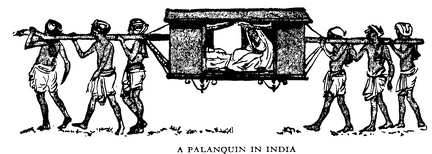 A Palanquin in India
A Palanquin in India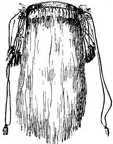 Veil of Hindu bride
Veil of Hindu bride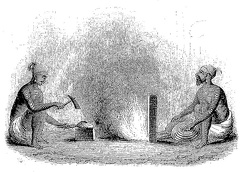 Blacksmiths
Blacksmiths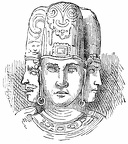 The Hindoo Trimurti
The Hindoo Trimurti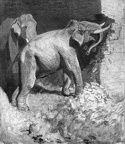 Elephants attacking a granary
Elephants attacking a granary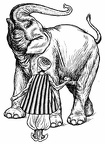 Long Lost Found Again
Long Lost Found Again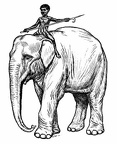 Remorse from an elephant
Remorse from an elephant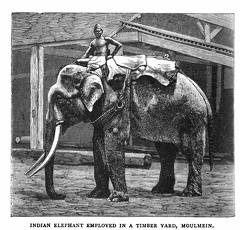 Indian Elephant employed in a Timber yard, Moulmein
Indian Elephant employed in a Timber yard, Moulmein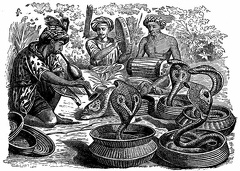 Hindu Snake Charmers
Hindu Snake Charmers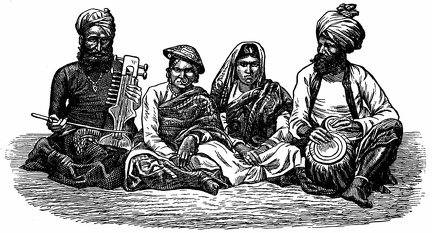 Hindu Dancing girls and Musicians
Hindu Dancing girls and Musicians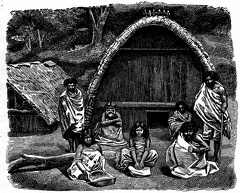 Group of Todas
Group of Todas Indian dancing-girl
Indian dancing-girl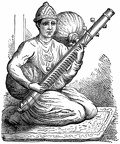 Hindustan, vina
Hindustan, vina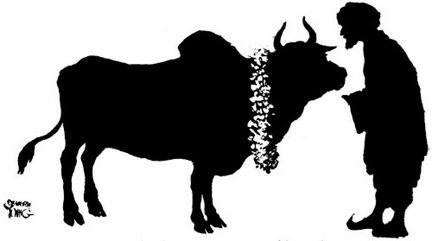 Bull and man
Bull and man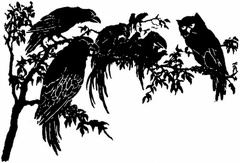 Birds in a tree
Birds in a tree A monkey
A monkey A man
A man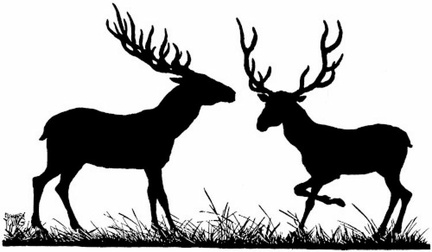 Two deer
Two deer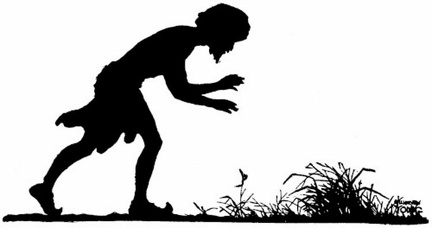 There must be water here
There must be water here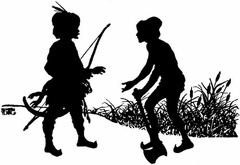 The woodsman and the soldier
The woodsman and the soldier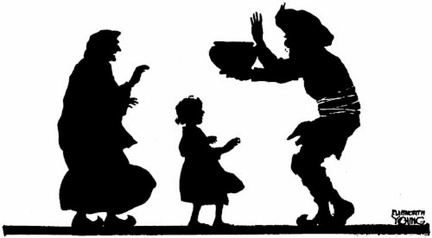 The Merchant with the golden bowl
The Merchant with the golden bowl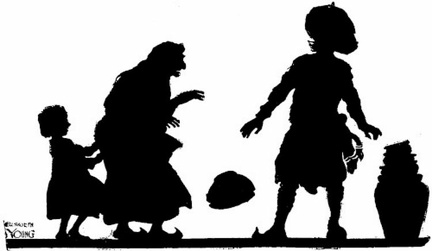 The Merchant throws the bowl on the ground
The Merchant throws the bowl on the ground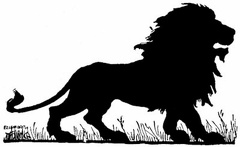 The Lion
The Lion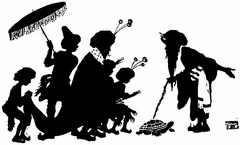 The King and the turtle
The King and the turtle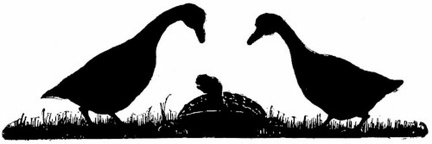 The Geese and the turtle
The Geese and the turtle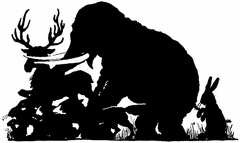 The animals running
The animals running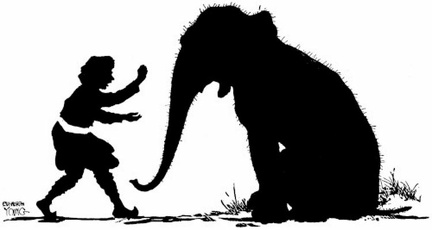 Seated elephant
Seated elephant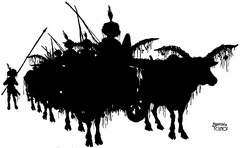 Oxen
Oxen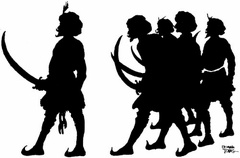 Men with swords
Men with swords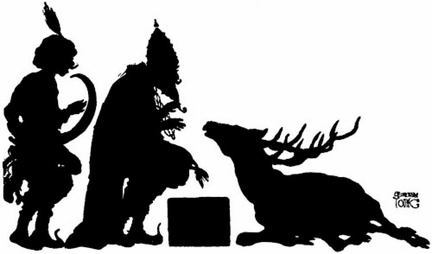 Men and deer
Men and deer Men against elephant
Men against elephant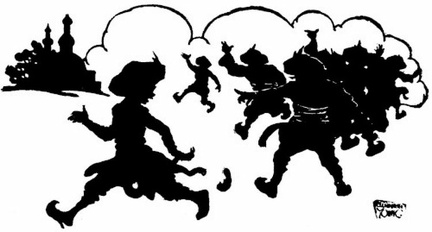 He Ran away from the crowd
He Ran away from the crowd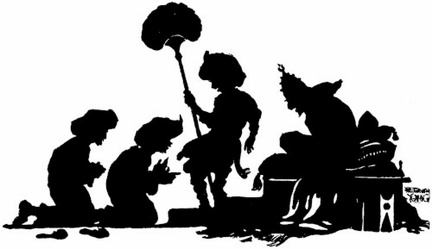 Going to the king
Going to the king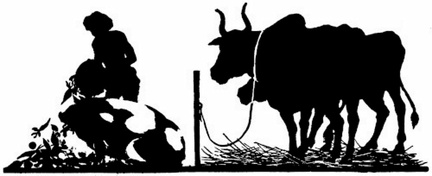 Feeding the pig
Feeding the pig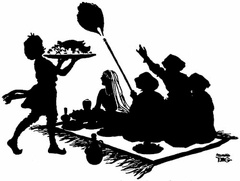 Feeding the pig to the people
Feeding the pig to the people Elephant with sore foot
Elephant with sore foot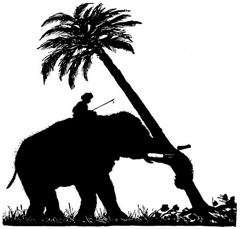 Elephant pulling out a tree
Elephant pulling out a tree Elephant playing with children
Elephant playing with children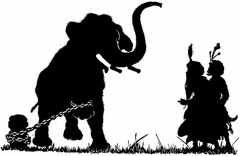 Elephant chained up
Elephant chained up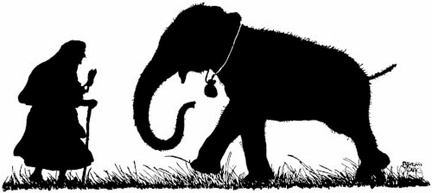 Elephant and man
Elephant and man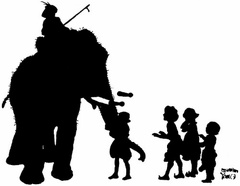 Elephant and children
Elephant and children Crane with crab on its back
Crane with crab on its back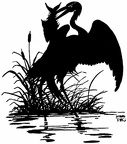 Crane catching a fish
Crane catching a fish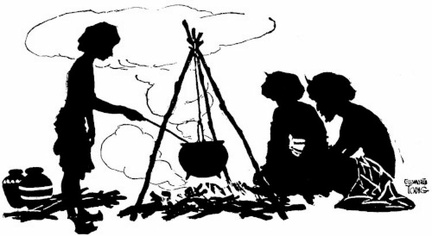 Cooking Rice
Cooking Rice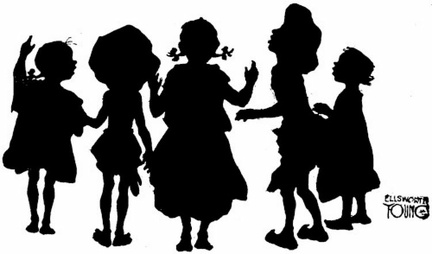 Children looking up in the air
Children looking up in the air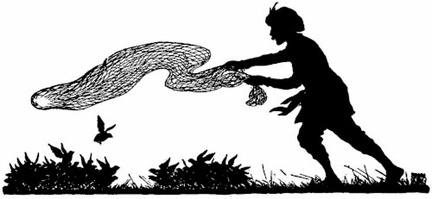 Catching quail in the net
Catching quail in the net Female playing on the Tumboora
Female playing on the Tumboora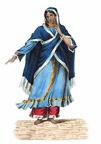 Nautch Girl
Nautch Girl A Nautch Girl
A Nautch Girl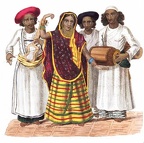 A Nautch Girl, or singing girl
A Nautch Girl, or singing girl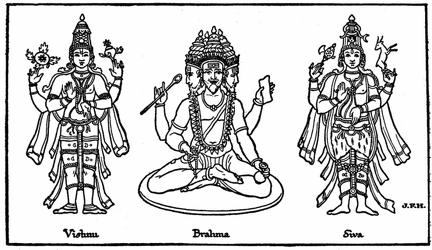 Indian Gods—Vishnu, Brahma, Siva
Indian Gods—Vishnu, Brahma, Siva



